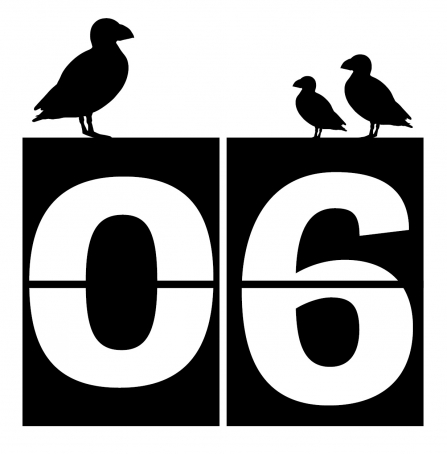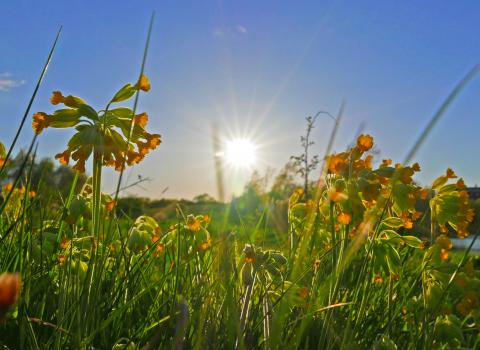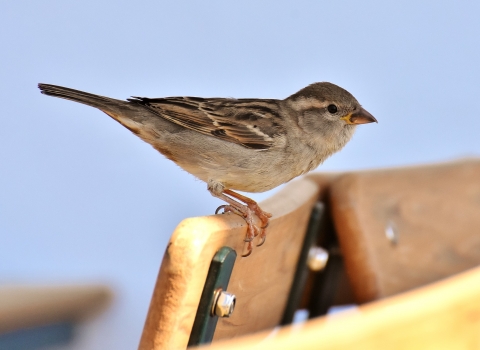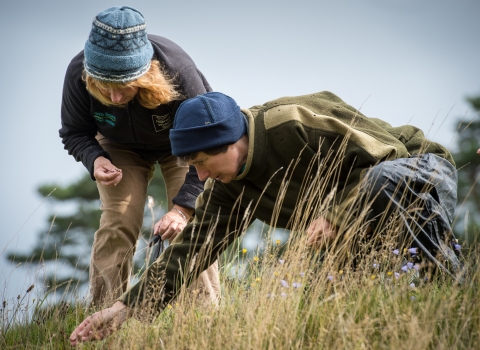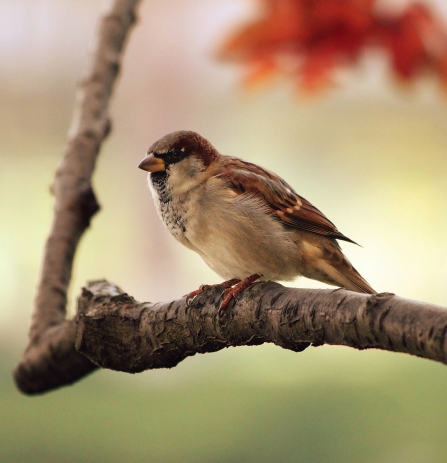
Sparrow
The #30DaysWild challenge takes place in June, the Solstice month, when the sun is at its zenith. At this time one little flower comes to symbolise the energy of the sun, the corn marigold. Shaped like a miniature-star, it comes to life in June and endures over the summer.
I’ve been looking but haven’t found one yet; perhaps it’s to early. They used to be common but now are rare. As their name suggests they often grew in cornfields but herbicides and other modern farming techniques have caused a big decline in their numbers.
As I’ve searched I’ve been kept company by little flocks of sparrows darting in and out the hedgerows in their own search, mainly for food.
Interestingly, we think of both corn marigolds and sparrows as native, but they're not. Britain’s first farmers who migrated from the Middle East 7000 years ago brought both species here.
Sparrows like eating seeds and scraps. Early on, they discovered they could find more food in Neolithic farms than in the surrounding landscape. Corn marigolds also adapted to early farmlands, along with other 'arable weeds' like poppies and cornflowers. Poppies were even cultivated by early farmers. Their value as an opiate was perhaps useful to shaman and others seeking a connection with the spirits.
As these farmers moved from Asia into Europe, the sparrows and flowers came with them. Eventually these farmers came to Britain where they founded settled societies and eventually built the great monuments of Stonehenge and the Ring of Brodgar to celebrate the Solstice. The sparrows and flowers stayed too and continued to thrive. Even after the first farmers and their stone circle culture disappeared from history, the sparrows and flowers remained. They've been here so long that we view them as native.
Farming changed Britain. The ancient wildwood disappeared, replaced by arable fields and meadows. More recently, agricultural intensification has changed Britain again and the meadows and 'arable weeds' have mostly vanished too, mostly...
The work of the Wildlife Trust is the work of time and space. We create and manage Living Landscapes that contain remnants of ancient wildwood, traditional meadows and modern housing developments. The Trust is a bridge through time, connecting habitats so that wildlife and people can thrive.
As I walk past the Stone Age sparrows in search of prehistoric flowers, it's nice to imagine these echoes of time ringing through the landscape.
Robert Enderby is the Digital Communications Officer at the Wildlife Trust BCN.


